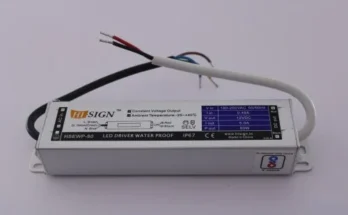Florida’s unique climate presents both challenges and opportunities for homeowners when it comes to roofing solutions. With its subtropical environment characterized by intense sunlight, humidity, and seasonal storms, particularly hurricanes, the state requires roofing materials and systems that can withstand these factors. An understanding of the appropriate materials, installation techniques, and maintenance practices is essential to ensure the longevity and durability of roofs in this region.
One of the most popular roofing materials in Florida is asphalt shingles. They are attractive, relatively inexpensive, and can be treated to enhance their resistance to UV rays and high winds. Given the state’s exposure to intense sunlight, it is paramount for shingles to have high solar reflectivity to minimize heat absorption, which can lead to increased cooling costs. Additionally, homeowners are advised to consider shingles with a higher wind rating, since tropical storms and hurricanes can unleash winds exceeding 100 miles per hour. A carefully selected asphalt shingle roof can provide adequate protection while aligning with aesthetic preferences.
Metal roofing has also gained popularity in Florida due to its impressive durability and resilience. Available in panels or shingles, metal roofs are known for their ability to reflect sunlight, reducing cooling costs significantly. Furthermore, they are resistant to mold, rot, and insect damage. In regions prone to hurricanes, metal roofing systems can also be securely fastened to withstand high winds, making them an ideal choice for Florida homeowners. However, the initial cost of installation may be higher than that of asphalt shingles, which can deter some homeowners. You can try out new construction roofing services by GM Roofing to get you going. Yet, the long-term benefits and reduced maintenance can justify the upfront investment.
Tile roofing is another traditional option that appeals to many Florida residents, particularly in the Mediterranean and Spanish architectural styles common in the state. Clay and concrete tiles offer a high level of durability and are particularly effective at handling the intense heat and moisture characterized by the Floridian climate. Their heavy weight and interlocking capabilities provide exceptional wind resistance, making them a favorite for hurricane-prone areas. However, the installation of tile roofs requires specialized labor, and their higher cost can limit accessibility for some homeowners. Despite this, many find tile roofing indispensable for its longevity, aesthetic appeal, and cultural significance in Florida’s architectural landscape.
Maintenance of roofing solutions is a critical aspect of homeownership in Florida. Given the state’s high humidity and frequent summer storms, regular inspections and maintenance are essential. Homeowners should be vigilant about clearing debris, checking for signs of wear, and addressing any leaks promptly. Additionally, applying sealants and coatings can extend the life of the roofing materials by enhancing their resistance to moisture and UV damage. It is often prudent for homeowners to collaborate with professional roofing contractors who understand the local environment and can provide tailored maintenance solutions to ensure the longevity and performance of roofs over the years.
In conclusion, Florida’s distinct climatic conditions necessitate thoughtful consideration of roofing solutions for homes. Whether opting for asphalt shingles, metal roofing, or tile, it is vital for homeowners to prioritize materials that offer durability, energy efficiency, and storm resilience. With the proper installation and ongoing maintenance, residents can not only protect their homes from the fierce elements but also contribute to the aesthetic beauty characteristic of Florida architecture. Investing in the right roofing solution is not just a matter of functionality; it is an integral part of safeguarding one’s home and enhancing its value.



